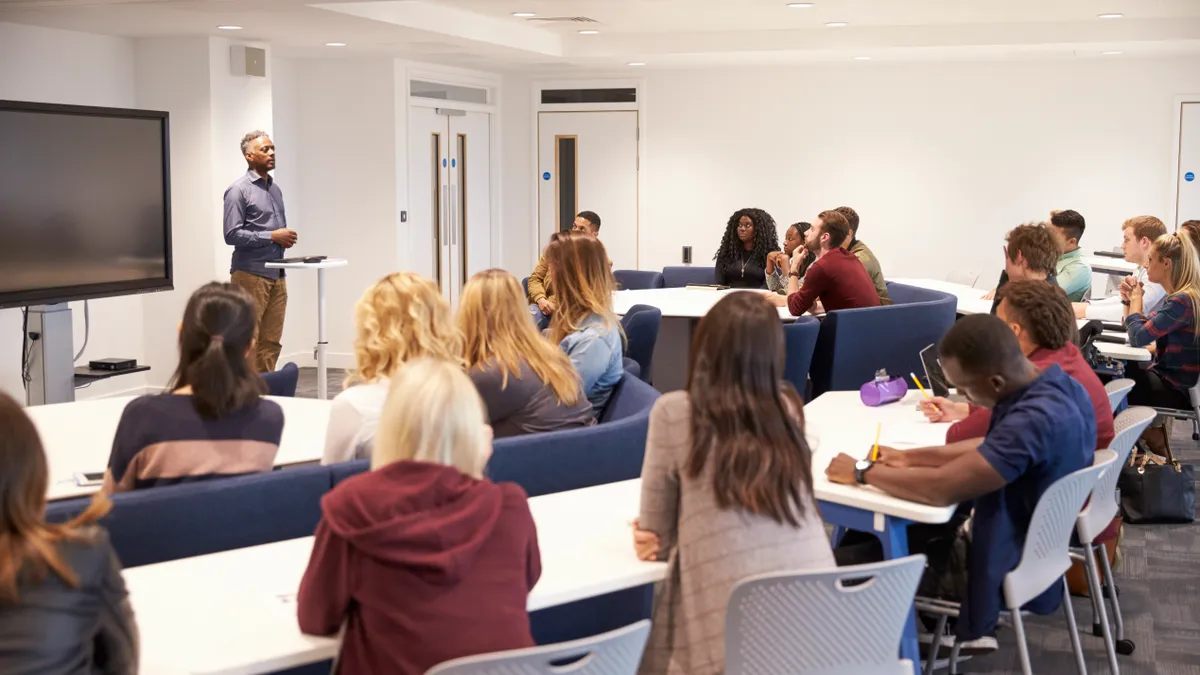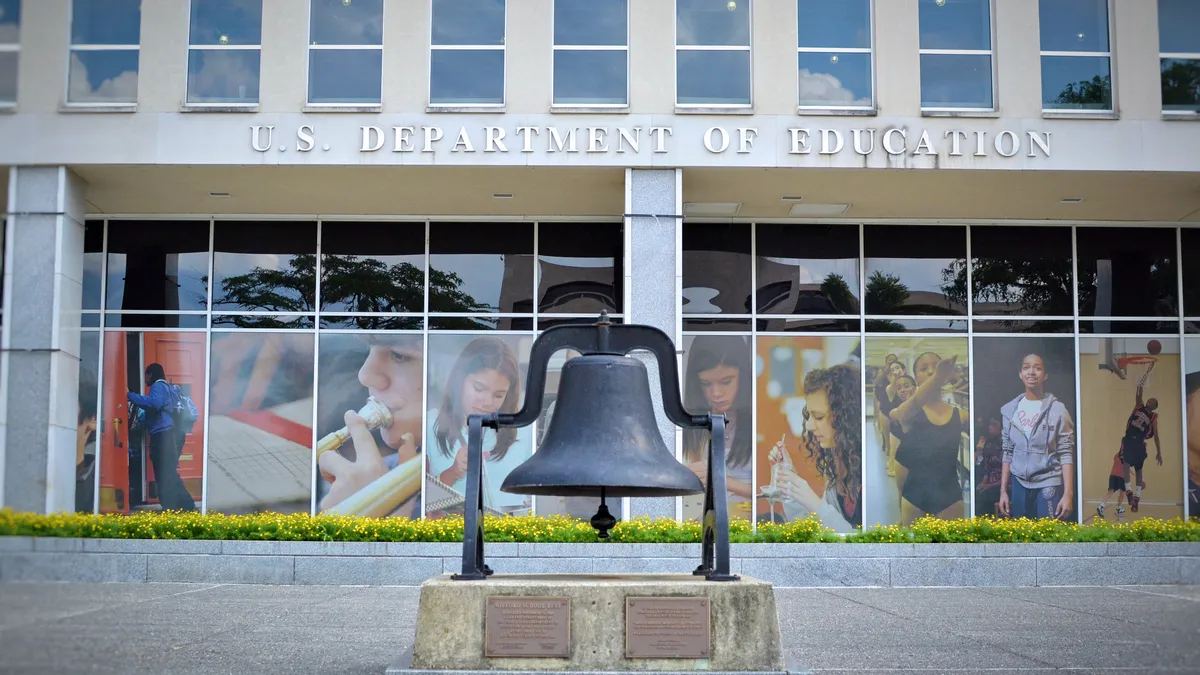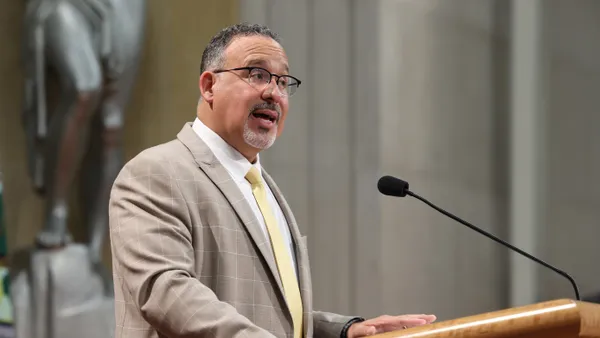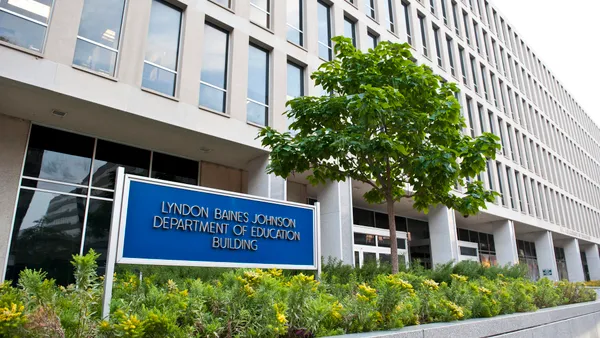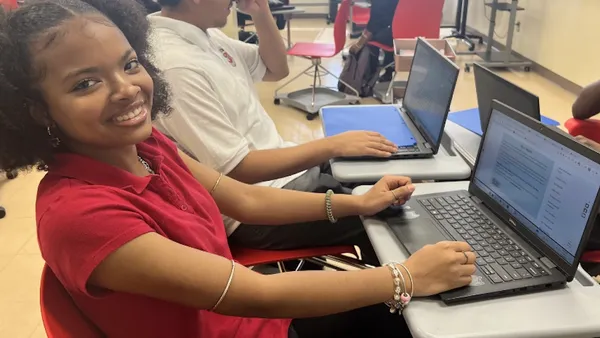Prior Learning Assessments (PLA) have long been associated with better student outcomes for adult learners, including higher credential completion and cost and time savings. But in a recent student study conducted by The Council for Adult and Experiential Learning (CAEL), just 11% of adult students at 69 participating post-secondary institutions earned PLA credits. For many adult learners, this may be a missed opportunity to earn potential credits, which increases the likelihood of non-completion of their degree, in addition to absorbing increased costs.
Minority and first-generation college students, including Black students and students receiving one or more Pell Grants, have even lower uptake rates at 6% and 7%, respectively. At 27 of the participating institutions in the study, fewer than 3% of adult students had earned PLA credits.
At Capella we have found that for students who earn PLA credits, those credits increase the affordability of their degrees. Students with PLA also are correlated with greater likelihood of persistence into the fifth quarter of their program and accelerated credit accumulation for students taking coursework in Capella’s competency based direct assessment learning format.
While the case for using PLA is persuasive, it has not been consistently or effectively implemented across much of higher ed. Institutions can do more to ensure PLA is accessible and achievable for adult learners. Especially over the past year, with many adult students pursuing non-traditional learning opportunities and gaining new skills in the workplace, higher education institutions owe it to students to ensure they aren’t wasting their time, money and effort towards achieving a postsecondary degree.
What is PLA?
Prior Learning Assessment is a term that describes learning that occurs outside of the traditional academic environment. PLA earns a student college credit, certification or advanced standing toward further education or training, and there are many types. ACE credit recommendations for PLA include:
- Military training
- Non-college courses and training
- Standardized tests (CLEP, DSST, A)
- Institutional-created assessments
- Industry training and certification crosswalks
Prior learning experiences that qualify for credit are more common than we realize. For example, successfully completing Advanced Placement (AP) courses qualifies as potential credit by exam. Military servicemembers and veterans can also submit their transcripts for possible course transfer from courses and trainings completed while in service.
Why PLA matters for adult learners
Time and money constraints can often stand in the way of degree completion, especially for working adults. Oftentimes, these learners have prior learning experiences that may potentially help them save on both. In fact, the CAEL study found that degree or credential completion was 22% higher for adult students with PLA than adult students without PLA. These higher completion rates are true for adult students of all races, ethnicities, and income levels.
At Capella, our students are eligible to secure valuable savings on the following degrees by demonstrating industry certification or having knowledge from a previous training:
- BS in Business, Human Resource Management saving $17,212 to $19,687 with PHR, SHRM or SPHR
- MS in Human Resource Management saving $8,650 to $14,450 with PHR, SPRH or SHRM
- MBA in Human Resource Management saving $6,390 to $12, 830 with SHRM, PHR, CAPM or PMP
Three ways higher ed institutions can support PLA for their students:
While more research should be done to identify the exact barriers to PLA, higher ed institutions can do more to promote its uptake:
1. Create Awareness
Adult students may not be aware of PLA offerings at their institution, or they may not be aware of its value to them as a potential credential completion, time-savings, and cost-savings tool. In fact, according to the CAEL study, lack of information about PLA was cited by students as the top barrier to adoption.
Institutions seeking to implement or elevate their PLA program should ensure visibility for students and inform school staff, advisors and admissions counselors of this opportunity. They can start by building information about PLA into the standard enrollment and pathway advising process.
2. Reduce Fees
Costs associated with earning PLA credits are not currently covered by federal Title IV financial aid programs or most state financial aid policies. Additionally, GI Bill benefits do not cover the cost of many standardized assessments. This can be a barrier for many students, particularly those from low-income or Pell-eligible backgrounds.
By reducing PLA costs – perhaps through increased state or federal funding to cover reasonably-priced PLA – schools can help encourage PLA adoption so that money isn’t a barrier for students. Capella University recently particpated in an Experimental Site Initiative to factor PLA costs into cost of attendance and confirmed that it saves students time and money throughout their educational experience.
3. Provide Hands-on Support
The PLA process can be confusing because of the various systems and guidelines that need to be followed. It is important to have dedicated staff available to support students throughout the PLA process. Their role should be to:
- Ensure policies and procedures are established and followed
- Advise students
- Coordinate faculty reviewers
- Share information across the institution
One strategy used to support students interested in PLA at Capella University has been the addition of a dedicated PLA advisory team. The team facilitates labs to help walk students through the process, answer questions and work with internal staff and faculty to raise awareness about the program. They also complete reviews of petitions for specific courses and facilitate the petition hand-offs with faculty, as well as maintain resources and guides on PLA for the Capella community.
It's time to expand PLA
The data are clear. PLA is a valuable tool that can help many adult learners complete their education at a lower cost and in less time. While there are important policy changes to help us expand PLA’s offering, in many cases higher ed institutions can do more to increase the uptake. At Capella, we have found that more students were able to leverage the benefit of PLA credits when we focused on proactive communication, administrative support and low fees. For schools seeking ways to support adult students, a strong PLA offering should be central to that effort.




